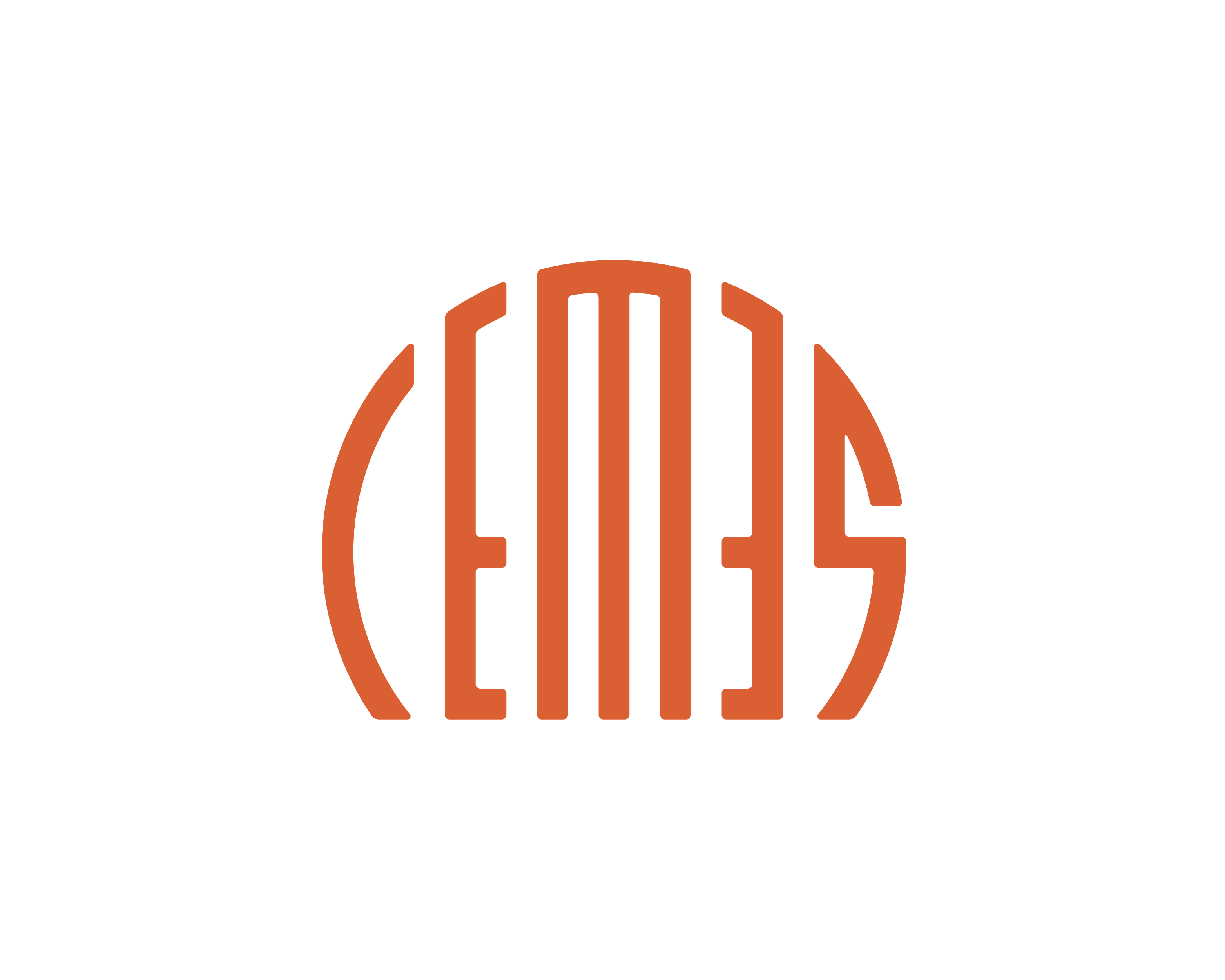Ab initio calculations of multi-states structures in Brownmillerites
THEORETICAL CHEMISTRY AND COMPUTATIONAL MODELING

Lab: CEMES
Duration: NanoX master Internship (8 months part-time in-lab immersion)
5 months full-time internship
6 months full-time internship
Latest starting date: 01/02/2023
Localisation: CEMES-CNRS,
29 rue Jeanne Marvig,
31055 Toulouse
Supervisors:
Rémi Arras remi.arras@cemes.fr
Work package:
The goal of the internship will be to apply ab initio calculations, based on the density functional theory (DFT), to study various properties of Brownmillerite compounds.
Oxides with a perovskite structure and of formula ABO3 form one of the most studied families of oxides because of the numerous physical and chemical properties which they can display. The reason for this success comes from a large tunability of the chemical composition and crystallographic structures. Brownmillerite oxides derive from this family of materials: They possess a ABO2.5 chemical formula and are formed from an ordering of oxygen vacancies. The crystallographic structure of brownmillerites consists in a sublattice of oxygen anions, which defines an alternation of octahedral and tetrahedral atomic sites in which B cations are located. Less studied than perovskites, these oxides have gained a large interest during the last 5 years due to their potentialities for many applications. In the field of electronics, they may be interesting because of their ability to modify their conductivity by migration of defects or atoms [1,2], which is at the basics of resistive-switching random access memory; the possibility to generate several meta-stable structures [3] could be used for the development of neuromorphic devices.
During the internship and for selected compounds, we will address one or more of the following questions:
1) Knowing that an electric polarization can emerge from the rotations of tetrahedral atomic sites, is it possible to use an electric field to switch between different crystallographic phases (polar and non-polar)? How many meta-stable structures can we generate? Can the relative stability of each structure be additionally controlled by strain or affected by surface effects?
2) What are the mechanisms which control the migration of oxygen atoms (or vacancies) when applying an electric field? A study of the interface between a perovskite structure (without oxygen vacancy) and a brownmillerite could be performed. How does this migration of atoms affect the electronic properties of the material and then the conductivity?
3) For multiferroic (ferroelectric and ferromagnetic) materials, like SrCoO2.5 or SrFeO2.5, can the migrations of oxygen atoms or the rotations of tetrahedra be regarded as a way to obtain strong magnetoelectric coupling?
References:
[1] M. S. Saleem, et al., ACS Appl. Mater. Interfaces 11, 6581 (2019).
[2] Y. Zhuang, et al., ACS Nano 14, 8562 (2020).
[3] H. Tian, et al., Phys. Rev. B 100, 220103(R) (2019).
Areas of expertise:
Keywords: Complex oxides, ab initio calculations (DFT), electronic structures, multiferroics
Area of expertise: Solid physics
Required skills for the internship:
Good skills in solid physics and quantum mechanics. Strong interest in numerical physics.
Good ability to communicate results and write correctly.
Knowledge of at least one programming language is a plus.
